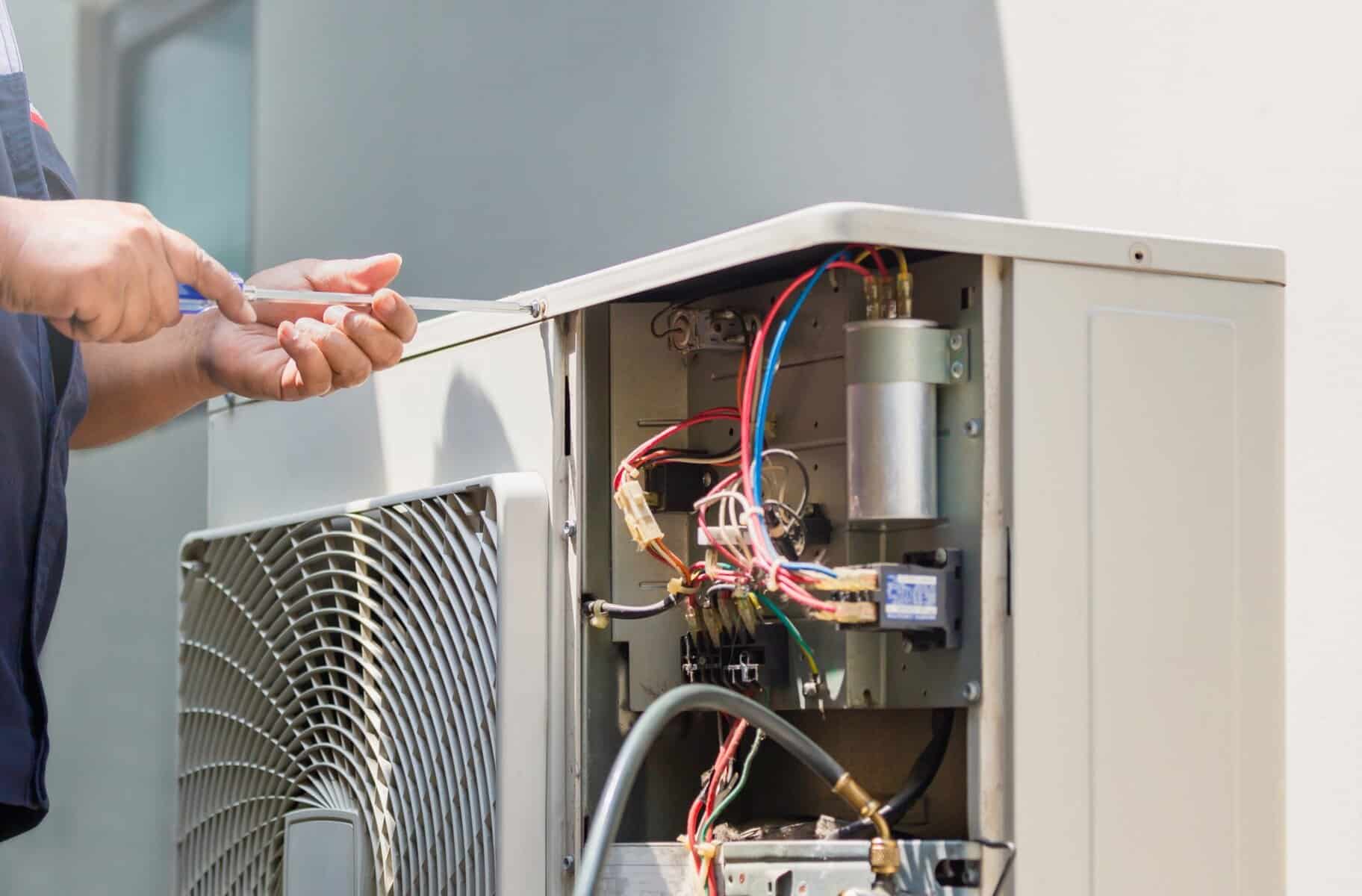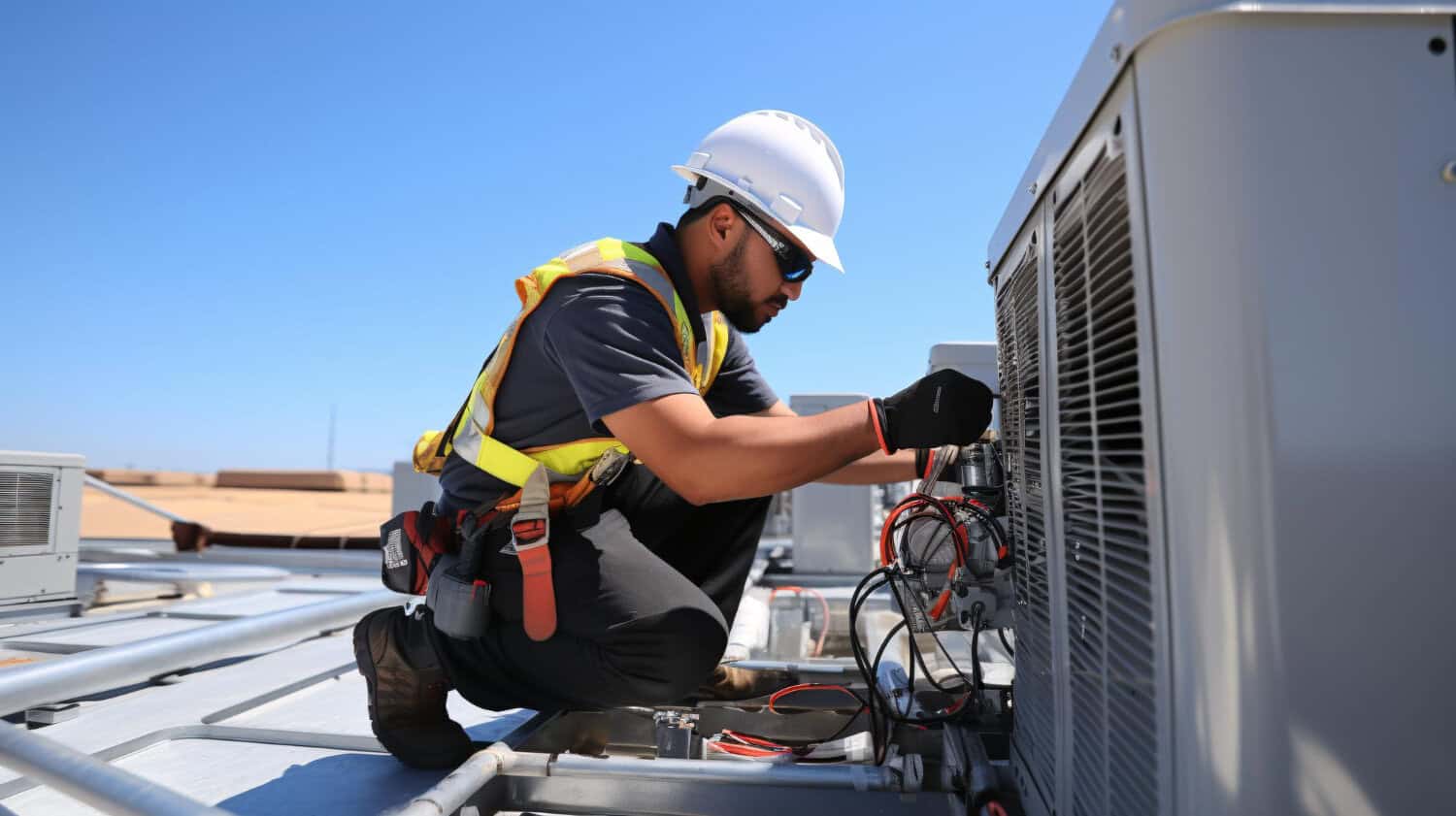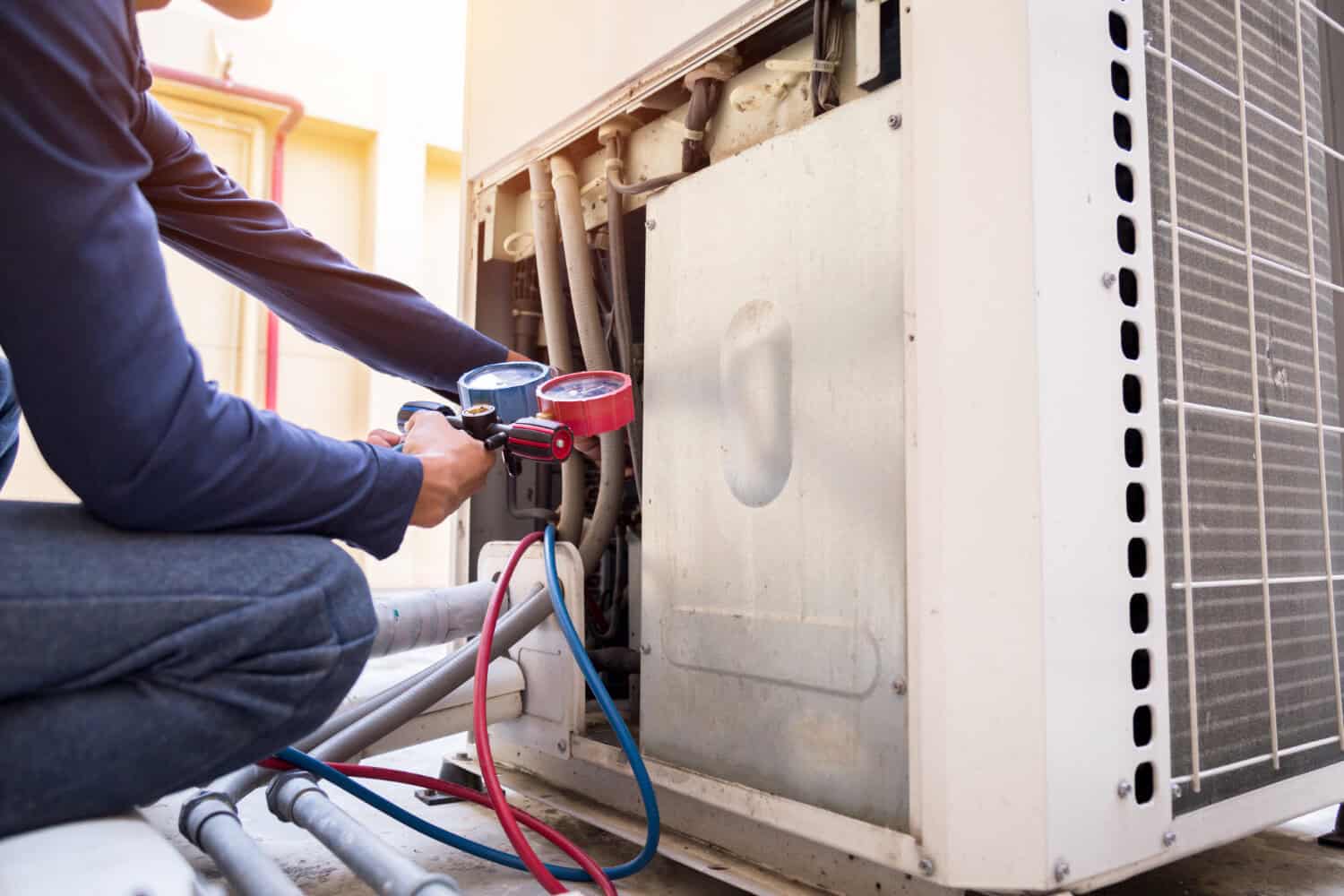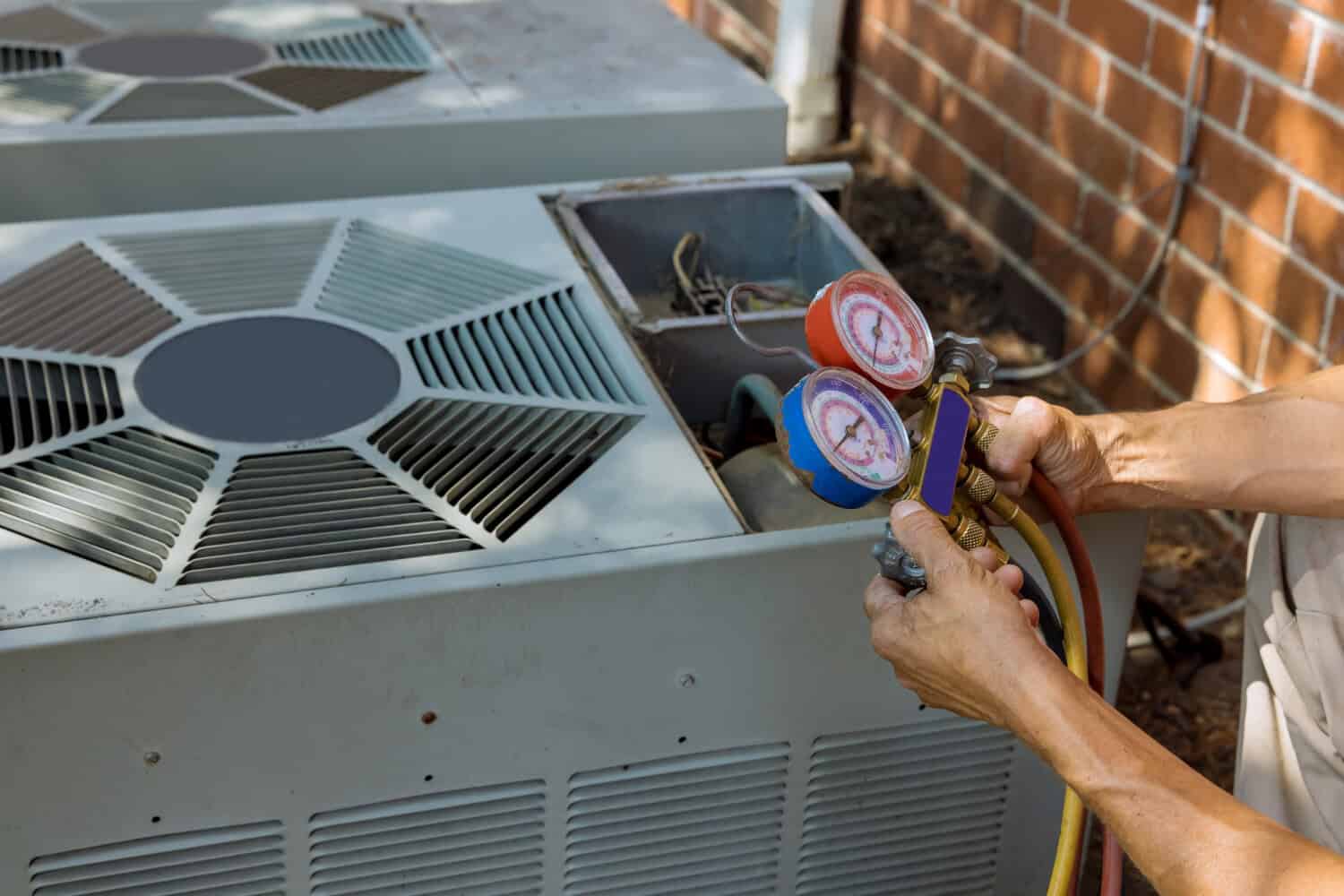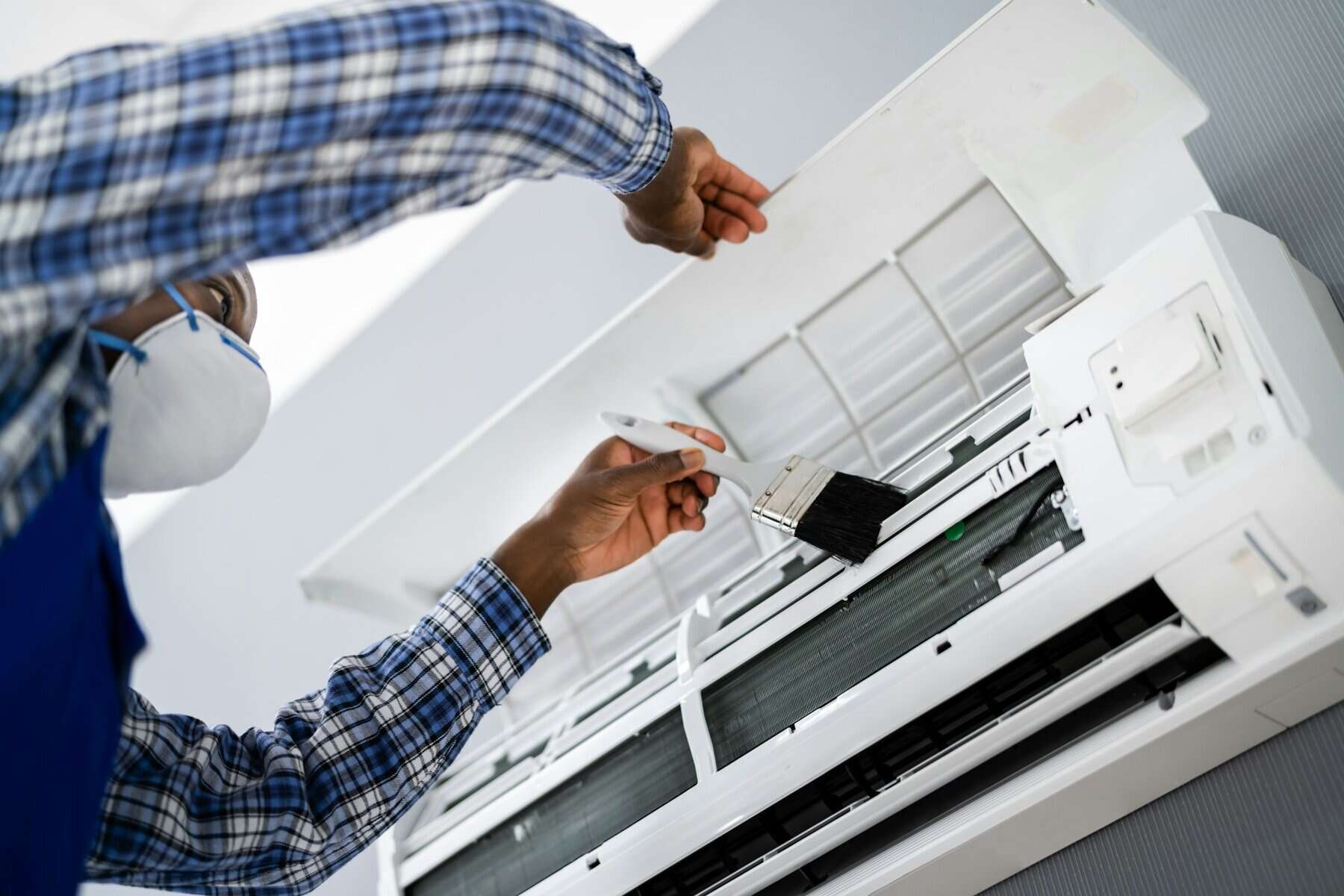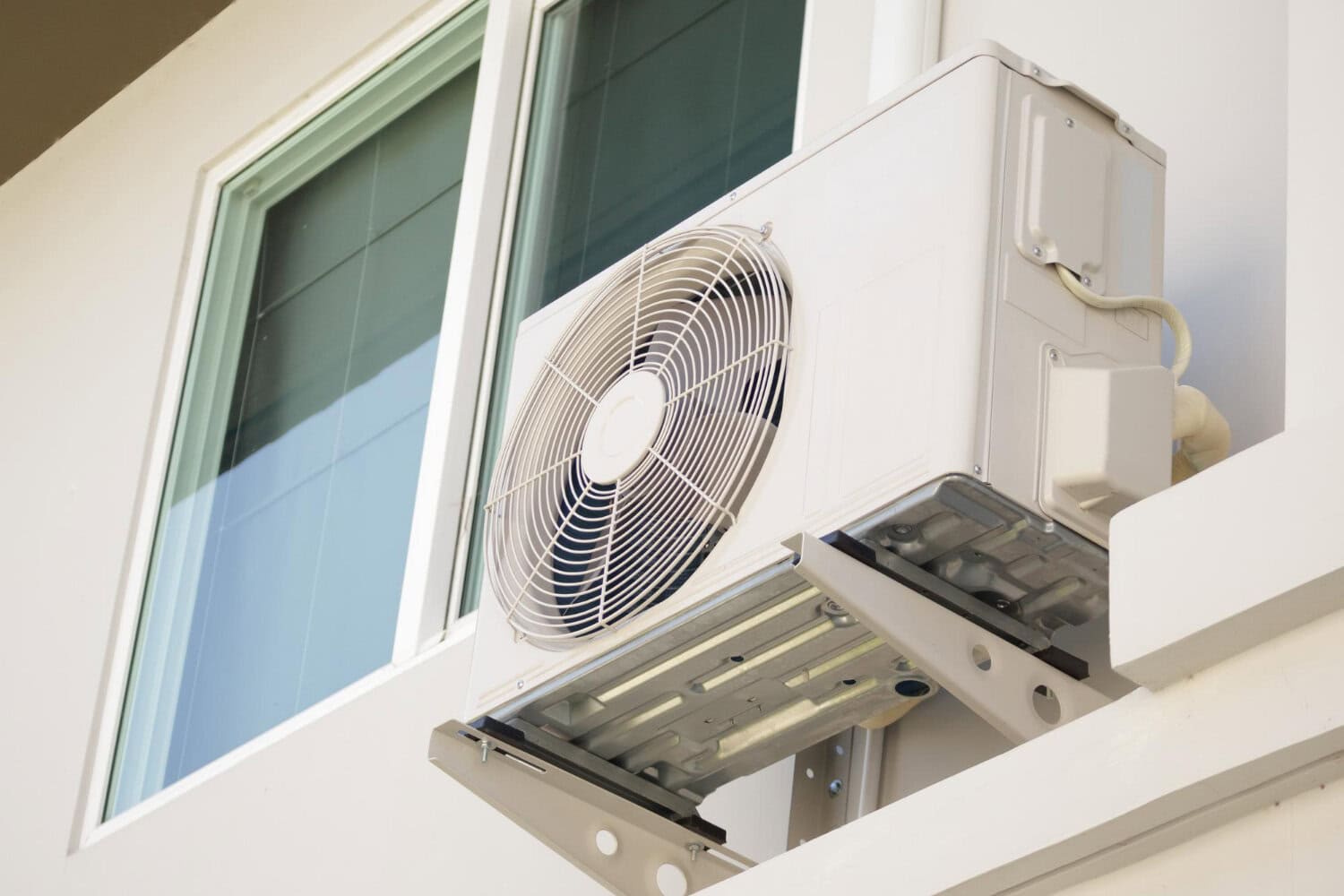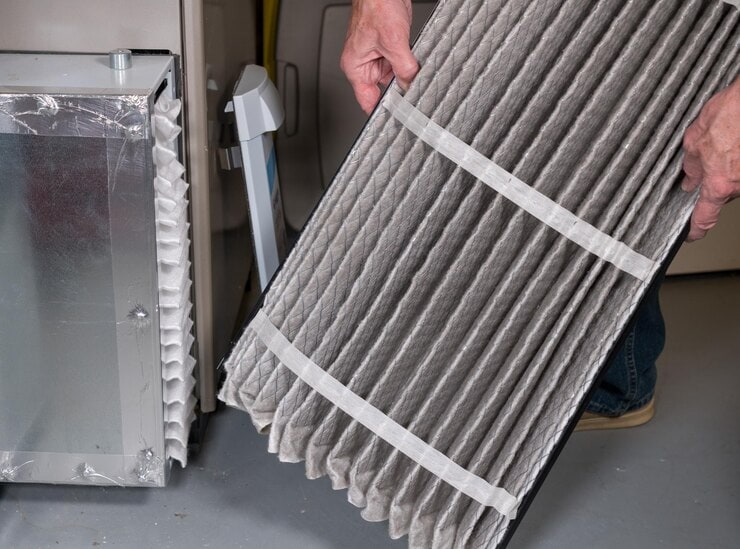Humidity levels in your home can significantly impact your comfort and the health of your living space. Whether it’s sticky air in the summer or dry conditions in the winter, finding the right balance is key to maintaining a cozy and healthy environment. Too much moisture can encourage mold, while too little can lead to dry skin and static electricity.
Recognizing the signs of humidity problems is the first step to creating a balanced indoor climate. You can implement effective solutions by understanding how factors like weather patterns and HVAC systems contribute to your home’s humidity. With the right approach, you will be equipped to tackle both high and low humidity challenges, ensuring your home remains a pleasant place year-round.
Recognizing Humidity Problems at Home
Humidity problems in a home can take different forms, each affecting your comfort and the house itself. Too much humidity makes the air feel sticky, and windows might fog up, especially in areas like bathrooms or kitchens. You might notice mold on walls or ceilings, damaging the structure and air quality. On the flip side, low humidity often dries out wood, causing floors to squeak and furniture to crack.
These issues are not just about discomfort. High humidity encourages mold growth and dust mites, aggravating allergies and asthma. Meanwhile, low humidity can dry out your skin, eyes, and throat, increasing the risk of colds and respiratory problems. It also causes annoying static electricity that can zap you when you least expect it.
Poor ventilation, leaky pipes or roofs, and even the local climate are common causes of indoor humidity problems. Kitchens, bathrooms, and basements are suspects of high humidity because of steam from cooking or showering. At the same time, colder seasons often lead to dry indoor air as heating systems run more frequently. Identifying these signs and their triggers can help you take the right steps to manage humidity.
The Role of HVAC Systems in Humidity Control
HVAC systems are vital for managing humidity in your home. These systems work by circulating air, cooling it down, and removing excess moisture during warmer months, acting like a giant dehumidifier. As the air cools, it loses its ability to hold moisture, which is then collected and drained away.
Keeping your HVAC system in top shape is essential for effective humidity control. Regular maintenance, like checking filters and ensuring clean coils, helps the system run efficiently. Blocked filters or dirty components can hinder airflow and reduce the system’s ability to manage moisture, leading to higher energy bills and uncomfortable humidity levels.
Different settings on your HVAC system can impact indoor moisture. For instance, setting your air conditioner to “auto” rather than “on” ensures it cycles on and off, better-managing moisture. Programmable thermostats can help maintain a consistent temperature and humidity level indoors. Adjusting these settings appropriately ensures your system tackles humidity while keeping the home at a comfortable temperature, providing an optimal living environment year-round.
Solving High Humidity Issues
High humidity in your home can lead to discomfort and problematic mold growth. One effective way to tackle excess moisture is by using dehumidifiers. These devices pull moisture from the air and help maintain a comfortable and safe indoor environment. Various sizes are available; selecting one appropriate for your space is crucial for effective results.
Improving ventilation is another essential step in reducing humidity. Opening windows during cooler parts of the day or using exhaust fans in kitchens and bathrooms can help. If natural airflow isn’t cutting it, consider installing a ventilation system. Sealing leaks around doors and windows prevent humid outdoor air from entering, especially in summer.
Regular checks and adjustments are vital for keeping humidity at bay throughout the year. For instance, increasing airflow by using fans can help manage indoor air moisture during spring and summer. Meanwhile, fall maintenance might include inspecting your HVAC system to ensure it functions appropriately and keeping excess humidity out as temperatures drop. These proactive measures go a long way in keeping your home comfortable.
Addressing Low Humidity in Winter
Low humidity becomes more noticeable as temperatures drop, leading to dry skin and other discomforts. Winter heating tends to dry out indoor air further, making it essential to maintain moisture levels for comfort. One practical solution is installing a humidifier. These devices add moisture to the air, keeping your environment warm and pleasant.
Placement of humidifiers plays a crucial role in their effectiveness. Position them centrally in rooms to ensure even distribution of moisture. It’s also important to adjust them based on the severity of dryness and the size of your space. Regular cleaning and maintenance prevent bacterial growth, ensuring the humidifier operates efficiently.
Combining heating and humidity solutions ensures optimal comfort during colder months. Seal any drafts to prevent moisture loss, and consider using a programmable thermostat to maintain consistent temperature and humidity levels. This balance enhances comfort and protects wooden furniture from cracking, making your home a cozy retreat from harsh winter conditions.
Ensuring a comfortable and healthy home environment involves understanding and managing humidity effectively. Whether facing the sweltering stickiness of high summer humidity or the parched air that winter heaters can create, taking proactive steps ensures your home remains a sanctuary. With an informed approach, you can employ the right solutions to tackle humidity issues year-round.
Connecting with experts can make all the difference in achieving a perfectly balanced home climate. My Jockey is dedicated to helping you achieve that with our HVAC residential services. We offer innovative solutions for managing humidity and enhancing comfort throughout every season. Contact My Jockey today to learn how we can tailor our services to meet your unique home needs, ensuring a pleasant and energy-efficient living space in the Capital Region, NY.



